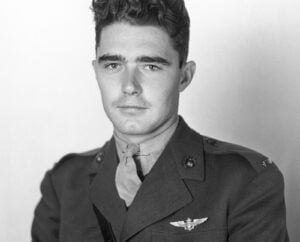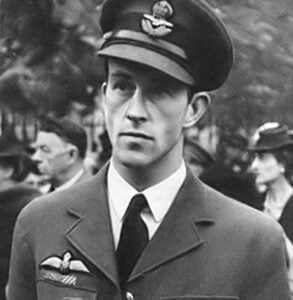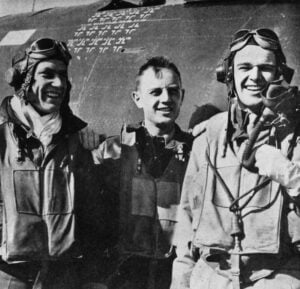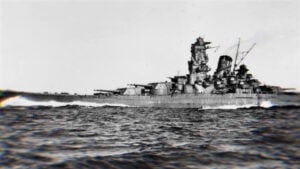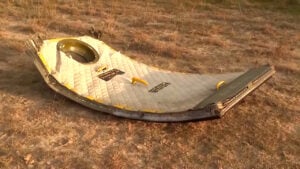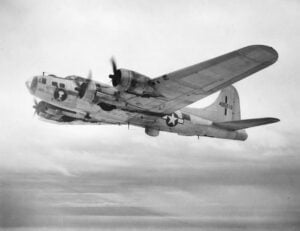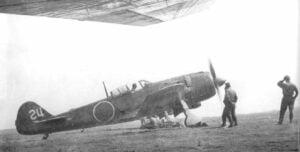Inside the Cockpit: Messerschmitt Bf 109 G-6/G-12 (Buchon Conversion)
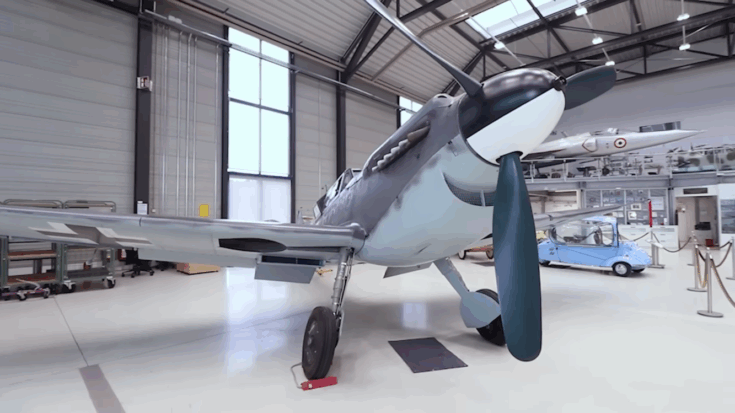
YouTube / Military Aviation History
The Messerschmitt Bf 109 was Germany’s most produced fighter of World War II, with thousands of variants built to meet the demands of an increasingly desperate air war. Among the lesser-known versions was the Bf 109 G-12, a rare twin-seat trainer created late in the conflict to help struggling new pilots master one of the Luftwaffe’s most unforgiving aircraft.
Today, one of these machines survives in the form of a Hispano Buchon conversion, fitted with a Rolls-Royce Merlin engine instead of the original Daimler-Benz DB 605. Stepping inside its cockpit reveals not just the engineering of the G-6 “Gustav” series, but also the improvisations Germany resorted to in its final years.
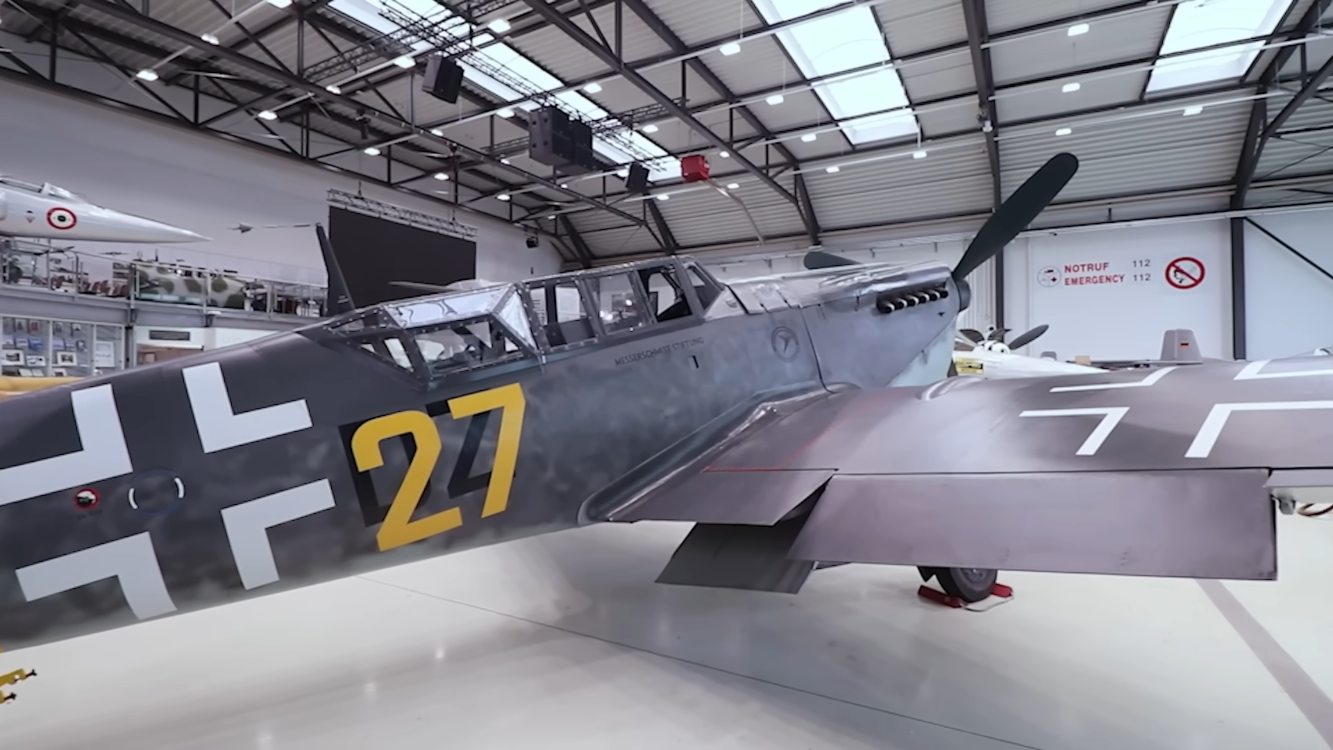
Power and Performance
The wartime G-6 mounted the DB 605A, a liquid-cooled V12 producing around 1,475 horsepower at combat settings. Pushed to its limits, it could briefly be boosted with GM-1 nitrous oxide injection for extra speed. Cooling systems were spread under the wings, with oil tanks and radiators carefully managed to avoid overheating—a constant challenge for Luftwaffe pilots.
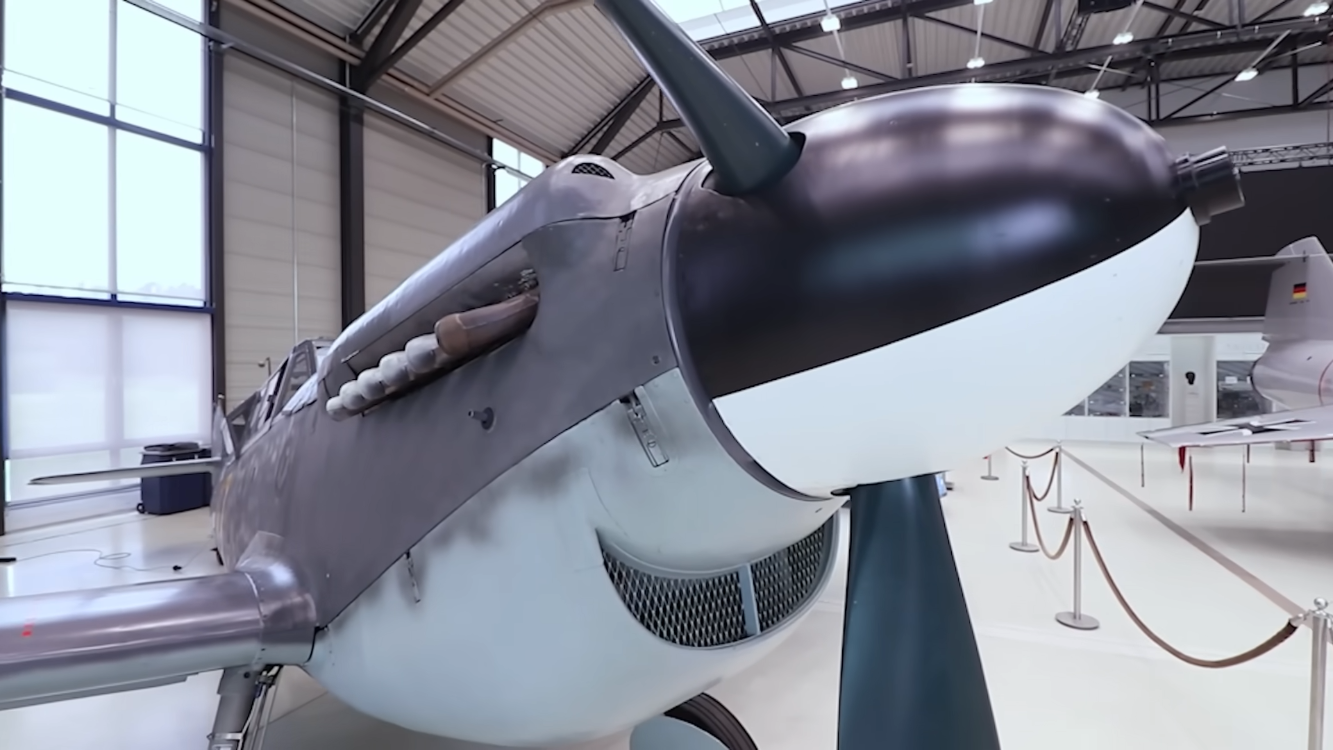
While the trainer version sacrificed fuel capacity to make room for a second cockpit, most G-6s carried a self-sealing 400-liter fuselage tank, often supplemented with a 300-liter drop tank for extended range. Armored glass and steel plates gave limited protection from enemy fire, though survivability largely depended on the pilot’s skill.
Armament and Firepower
By 1943, the Bf 109’s firepower had grown considerably. The G-6 typically mounted two 13 mm MG 131 heavy machine guns above the engine, their bulk requiring the distinctive nose bulges that gave the Gustav its rugged appearance. In the propeller hub sat either a 20 mm MG 151 cannon or the fearsome 30 mm MK 108. The latter fired slower and with less accuracy, but a single hit from its high-explosive shells could tear apart a bomber. Optional underwing gun pods added yet more firepower, making the G-6 a deadly bomber interceptor.

Flying the G-12 Trainer
The twin-seat G-12 was built from converted G-6 and G-4 airframes, fitted with extended canopies and dual controls so instructors could guide rookies. Forward visibility during taxiing was notoriously poor in the Bf 109, so the rear cockpit’s raised fairing offered a better view of the runway. However, the extra seat reduced internal fuel to just 240 liters, forcing crews to rely on drop tanks even during training flights.
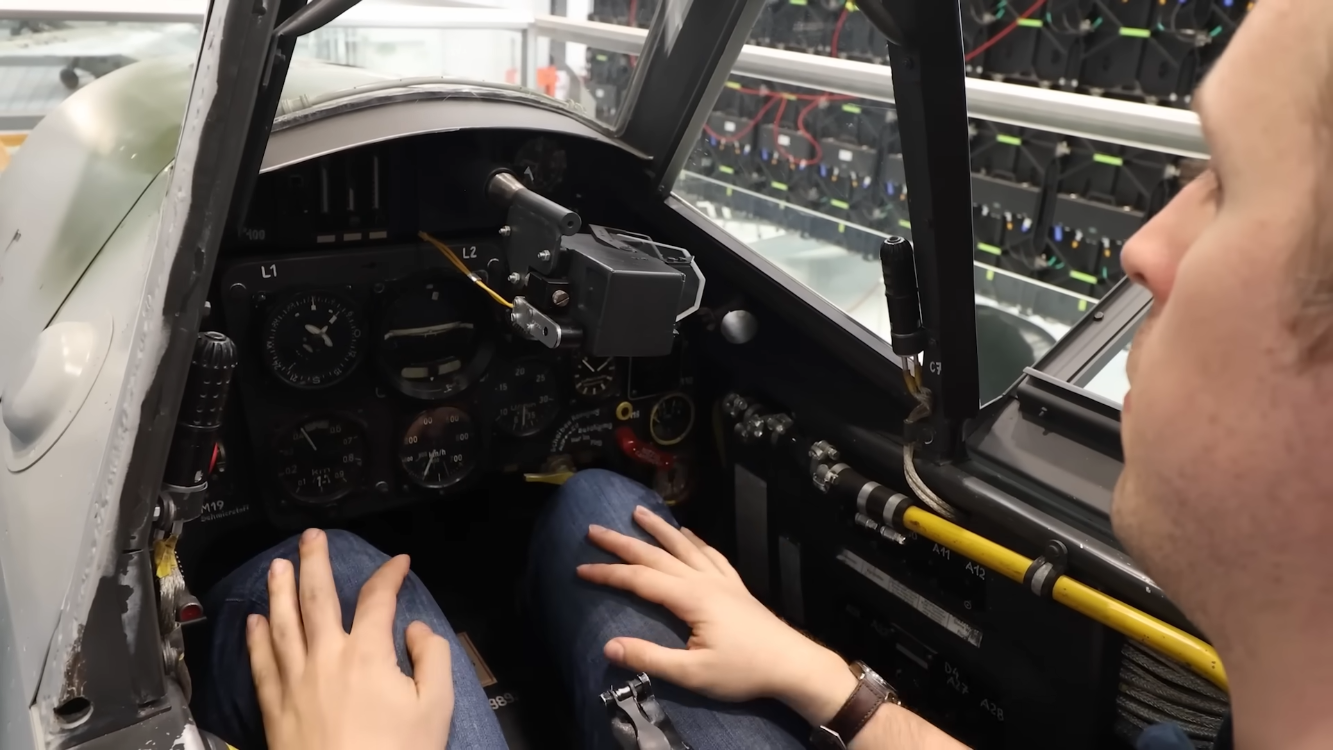
Inside, the cockpit was compact and utilitarian. Engine dials, fuel gauges, and trim wheels were positioned for efficiency, while a Revi gunsight gave the pilot an edge in combat. Despite its cramped quarters, the Bf 109’s layout was surprisingly modern for the era, with logical instrument grouping that made sense in the chaos of aerial combat.
A Legacy in Steel and Wood
The Bf 109 G-6 represented both the peak and the limits of the Messerschmitt design. Constant upgrades gave it heavier weapons and stronger landing gear, but also added weight and aerodynamic drag. By war’s end, newer Allied fighters were surpassing it in speed and agility, yet the Gustav remained the Luftwaffe’s workhorse to the final days.
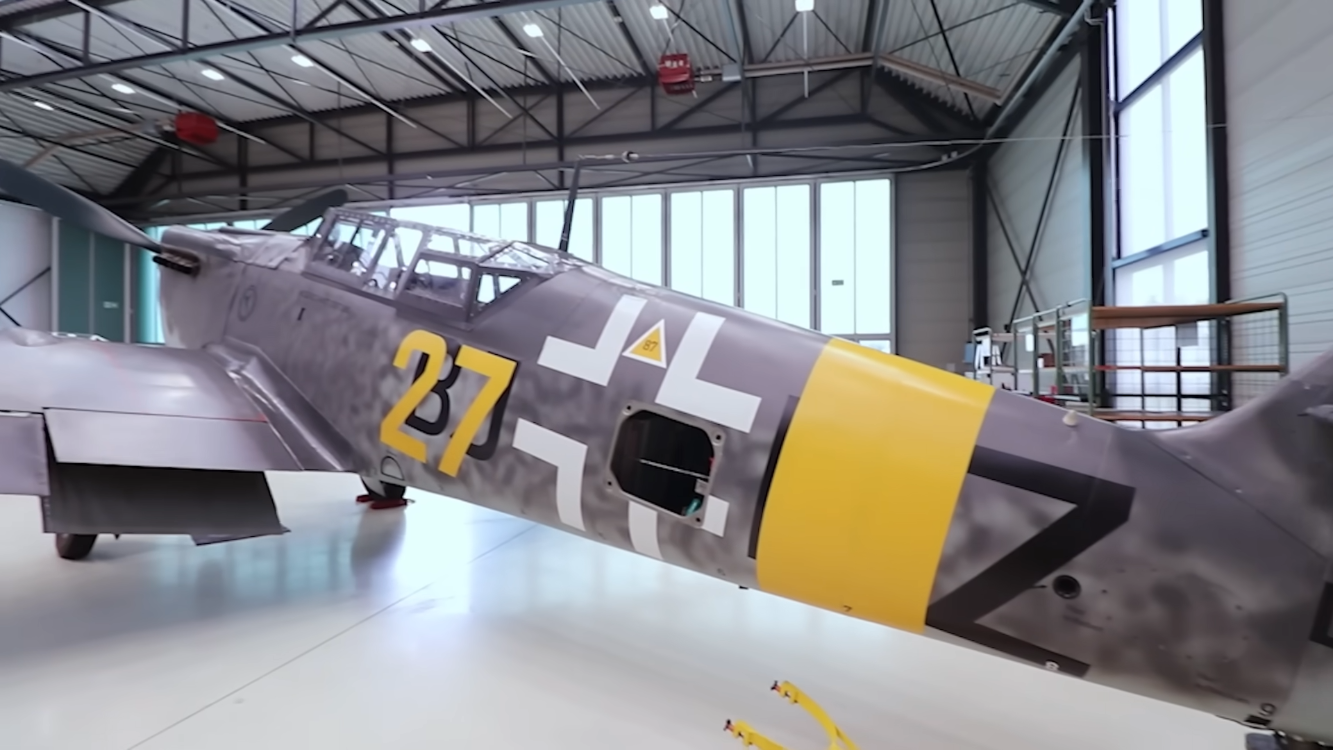
Today, the surviving Buchon conversions, though powered by British Merlin engines, give us a chance to step inside history and experience the cockpit of one of World War II’s most iconic fighters.














